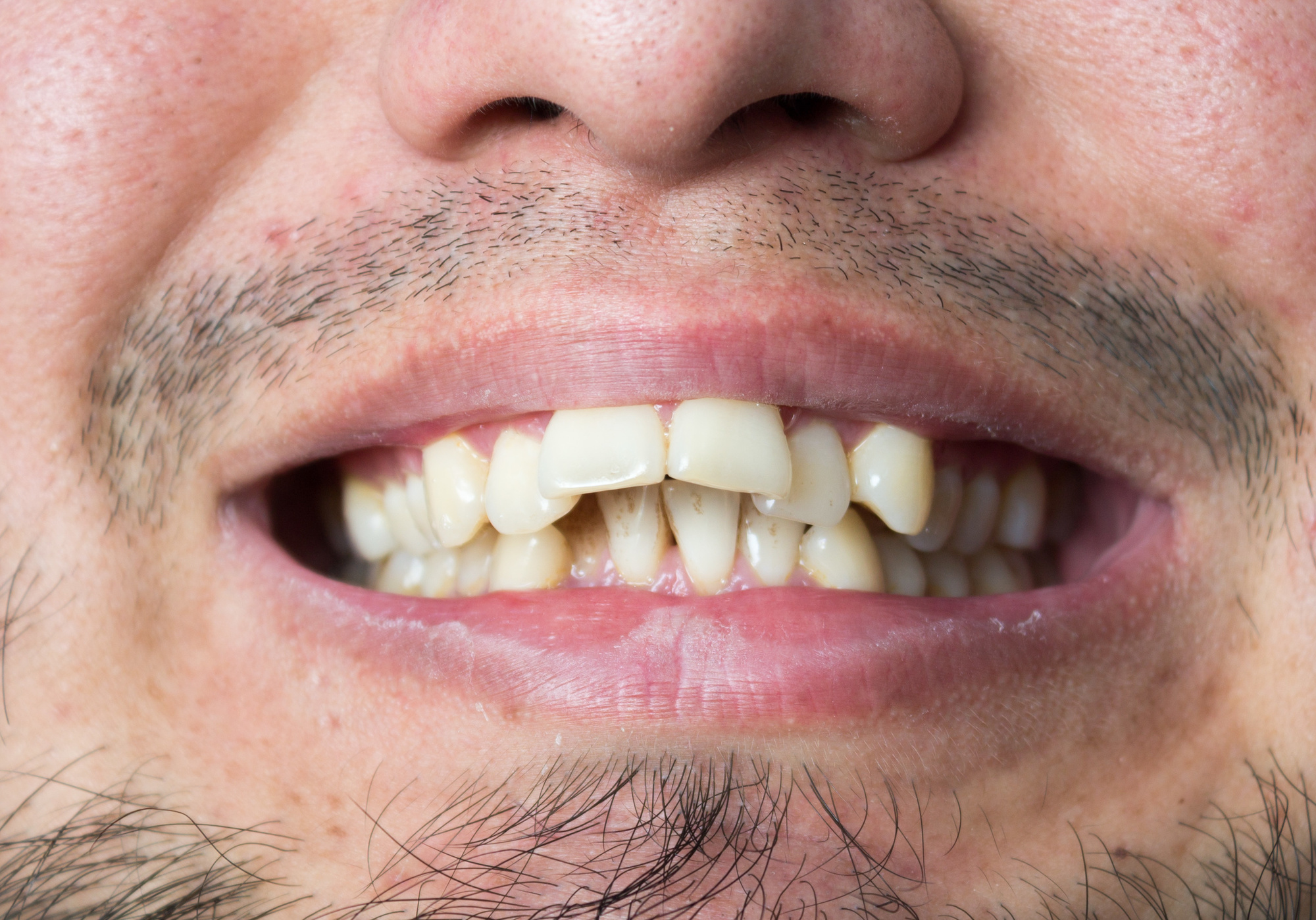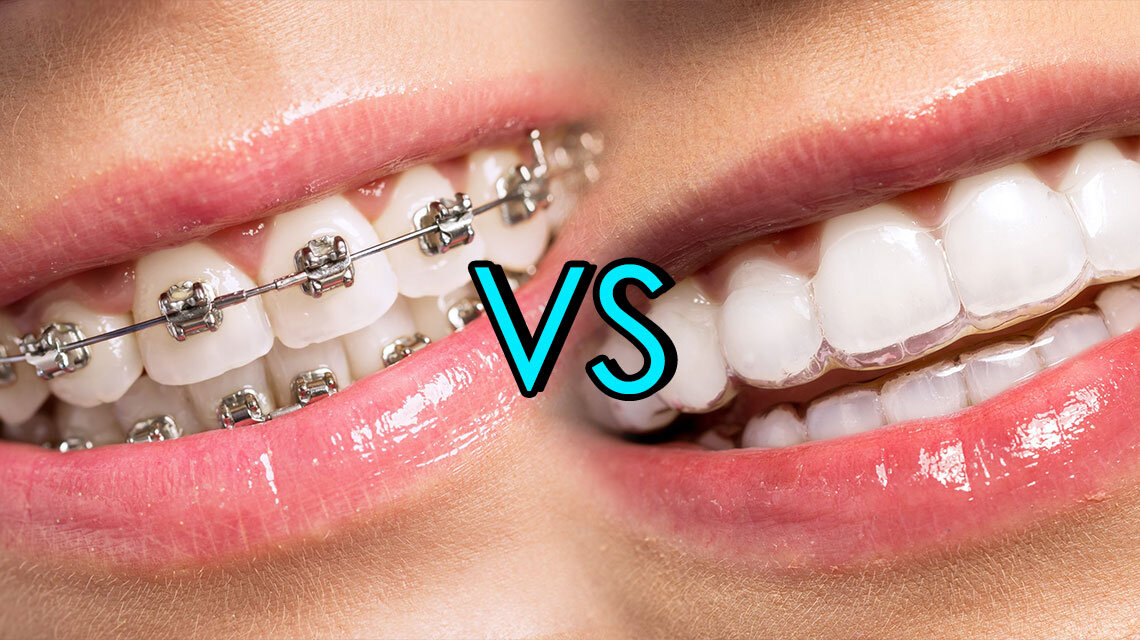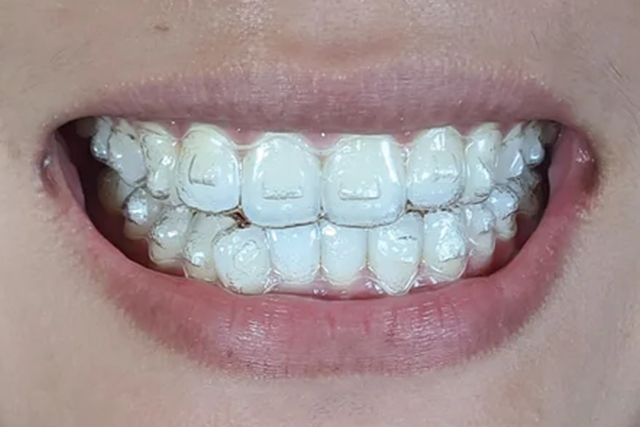Frequently Asked Questions About Invisalign: Everything You Need to Know
Frequently Asked Questions About Invisalign: Everything You Need to Know
Blog Article
Invisalign vs. Traditional Braces: Which Option Is Right for You?
When taking into consideration orthodontic treatment, the choice in between Invisalign and conventional braces provides numerous essential factors that warrant careful examination. Invisalign supplies a very discreet alternative with removable aligners, while standard dental braces provide a much more visible yet reliable remedy for severe imbalance.
Introduction of Therapy Choices

On the other hand, typical dental braces are composed of steel brackets and wires that are bonded to the teeth. This technique applies continuous stress over time to accomplish alignment. While effective for complicated orthodontic issues, typical dental braces require regular gos to for modifications and can position challenges in keeping dental hygiene as a result of the trouble of cleaning about brackets and cords.
Both alternatives have their values, and the selection typically rests on certain dental problems, way of life preferences, and individual conformity. Ultimately, speaking with an orthodontic expert is crucial for determining the most ideal treatment plan customized to individual demands. Understanding the subtleties of each alternative can substantially affect the total success of orthodontic therapy.
Aesthetic Considerations
A significant element influencing the option in between Invisalign and typical dental braces is the aesthetic allure each therapy supplies. Invisalign aligners are crafted from clear plastic, making them virtually unnoticeable when worn. This discreet look is specifically appealing to grownups and teenagers who may feel awkward concerning their orthodontic therapy. The capacity to preserve a natural smile throughout the positioning process can dramatically improve the individual's self-confidence in social and specialist settings.
In comparison, traditional braces include steel brackets and cables, which can be a lot more obvious. While developments in orthodontic technology have led to the development of smaller brackets and colored elastics, conventional braces still maintain an even more noticeable account. For some people, the visibility of dental braces may prevent them from looking for necessary therapy.
Eventually, the selection in between Invisalign and standard dental braces may hinge on individual choices relating to aesthetics. People that prioritize discretion typically favor Invisalign, while those who are much less concerned about presence may choose typical braces. Understanding the aesthetic ramifications of each option is important for making an informed decision that aligns with one's lifestyle and preferences.
Comfort and Convenience

In terms of benefit, Invisalign aligners are detachable, making it possible my company for individuals to appreciate their favorite foods without constraint and preserve optimal dental hygiene. Brushing and flossing are streamlined, as the aligners can be taken out throughout these routines, whereas traditional braces call for careful steering around braces and cables.
In comparison, conventional braces require routine modifications, making them much less practical for those with active timetables. In general, the convenience and convenience of Invisalign make it an enticing choice for numerous people seeking orthodontic treatment.
Therapy Period and Performance
While both Invisalign and standard dental braces work in correcting dental imbalances, the period of therapy can vary significantly between both alternatives. Typically, Invisalign treatment can take anywhere from Discover More Here 12 to 18 months, relying on the complexity of the instance. The clear aligners function by progressively moving teeth right into their wanted settings, and routine follow-ups with an orthodontist assistance guarantee progress remains on the right track.
On the other hand, typical braces often call for a longer dedication, typically varying from 18 months to 3 years. This is due to their fixed nature and using cords and braces, which can be much more reliable for complex situations and serious misalignments (Invisalign). The treatment efficiency of traditional dental braces is well-documented, as they enable exact adjustments and better control over tooth motion
Ultimately, the choice in between Invisalign and traditional dental braces might rest on both the awaited treatment period and the specific oral issues at hand. Consulting with an orthodontist is critical, as they can supply tailored referrals based on specific demands, ensuring the picked approach lines up with preferred durations and results.
Price Contrast and Insurance Policy Options
Expense plays a considerable role in the decision-making procedure for individuals considering orthodontic treatment, whether deciding for Invisalign or standard braces. Usually, the cost of Invisalign ranges from $3,000 to $8,000, while typical braces typically cost between $2,000 and $6,000. Variables influencing these expenses consist of the complexity of the instance, the duration of therapy, and geographical place.
Insurance policy insurance coverage can considerably impact out-of-pocket costs. Several dental insurance plans supply partial coverage for orthodontic therapies, yet the specifics can vary extensively. It is vital for individuals to assess their insurance policies to identify the degree of protection for either alternative. Usually, conventional braces may be extra frequently covered by insurance coverage strategies compared to Invisalign, which some insurance firms categorize as an aesthetic treatment.
Furthermore, a number of orthodontic practices provide flexible settlement strategies, making both treatment alternatives extra available. Clients should inquire about possible financing alternatives and price cuts for click for more ahead of time repayments. Evaluating the total expense, consisting of insurance coverage benefits and repayment plans, is necessary for making an informed choice that aligns with both aesthetic preferences and budget considerations.

Conclusion
In summary, the choice between Invisalign and traditional dental braces depends upon numerous aspects, including aesthetic preferences, convenience, therapy duration, and cost. Invisalign provides a discreet, removable alternative that facilitates dental health and dietary flexibility, while typical dental braces might be preferable for complex oral concerns and commonly come at a lower rate factor. Eventually, assessment with an orthodontist is vital to assess specific conditions and determine the most suitable treatment choice for accomplishing ideal oral placement.
When taking into consideration orthodontic treatment, the choice between Invisalign and standard dental braces presents a number of important factors that warrant careful examination.Contrasting Invisalign and standard dental braces reveals distinctive treatment options for orthodontic adjustment.While both Invisalign and traditional braces are reliable in remedying oral misalignments, the duration of therapy can vary dramatically between the 2 options.Expense plays a substantial duty in the decision-making process for individuals taking into consideration orthodontic treatment, whether deciding for Invisalign or traditional dental braces.In summary, the option in between Invisalign and conventional dental braces hinges on several variables, including aesthetic choices, convenience, treatment period, and cost.
Report this page